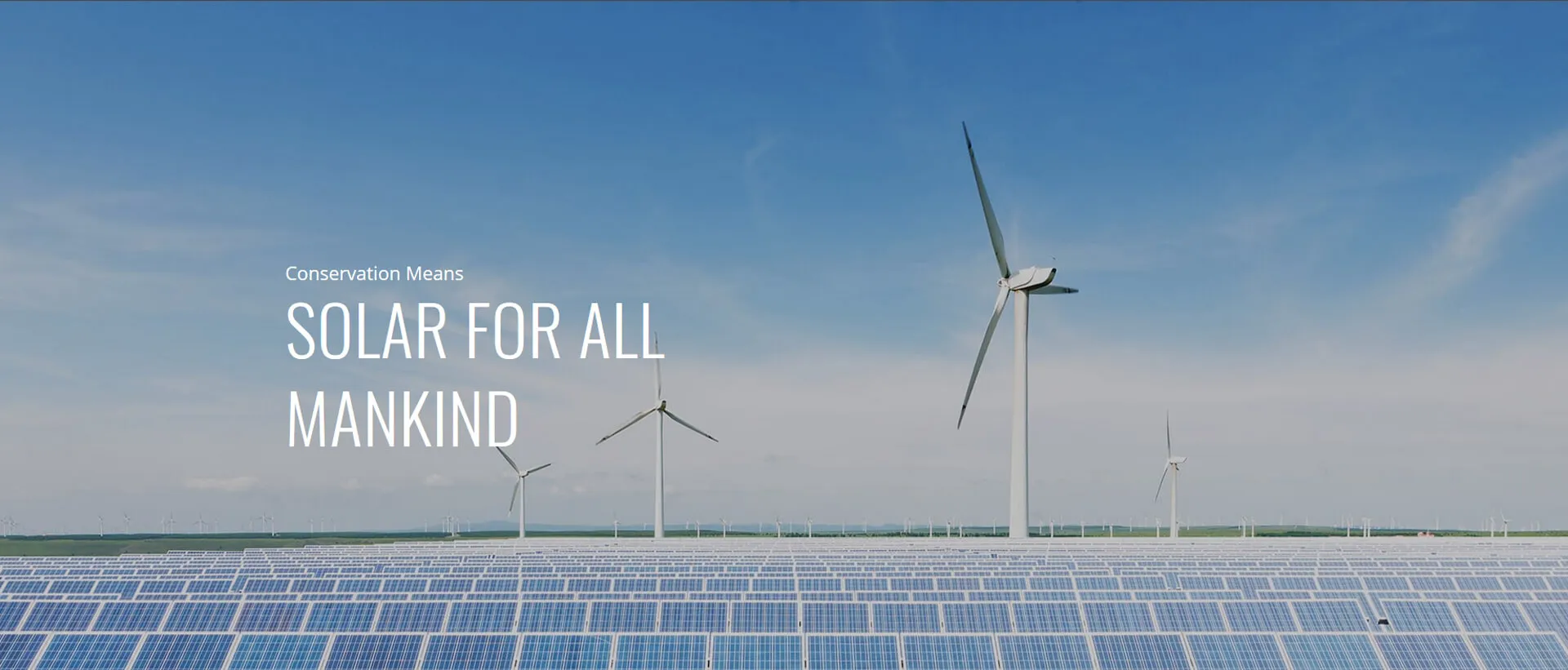3 phase 10kw hybrid inverter
Understanding the 3-Phase 10kW Hybrid Inverter A Comprehensive Overview
In today’s rapidly advancing world of renewable energy technology, inverters play a crucial role in converting direct current (DC) from solar panels or batteries into alternating current (AC) for home or grid usage. Among the various options available, the 3-phase 10kW hybrid inverter stands out due to its efficiency, versatility, and capability to integrate multiple energy sources. This article delves into the significance, functionality, and benefits of this cutting-edge technology.
What is a Hybrid Inverter?
A hybrid inverter is an advanced energy conversion device designed to manage and optimize energy generated from both solar panels and batteries. Unlike a traditional inverter that solely connects to solar panels or the grid, a hybrid inverter can switch between energy sources and store excess energy for later use. This flexibility is particularly beneficial in regions with intermittent power supply or in homes aiming for energy independence.
The Significance of a 3-Phase Configuration
Electrical systems are commonly structured in one of three configurations single-phase, two-phase, or three-phase. The three-phase system is widely utilized in commercial and industrial applications, as it provides a more stable and efficient means of transmission, minimizing energy loss and enabling the distribution of larger loads. A 3-phase 10kW hybrid inverter is particularly advantageous for businesses, farms, or large residential complexes as it can handle significant power requirements while ensuring a reliable energy supply.
Working Mechanism
The 3-phase 10kW hybrid inverter operates by engaging seamlessly with solar photovoltaic (PV) systems, storing energy in batteries, and supplying power to electrical loads. If the solar array produces more energy than the loads require, the hybrid inverter directs the excess energy to charge the batteries. Conversely, if energy consumption exceeds the generation capacity, the inverter will discharge the batteries to meet the demand, ensuring a continuous power supply.
One of the key features of hybrid inverters is their capability to work in both off-grid and grid-tied modes. In off-grid mode, the inverter relies on battery storage for its operation, providing energy even when the grid goes down. When in grid-tied mode, the inverter can feed excess energy back to the grid, often resulting in credits or compensation for the homeowner.
3 phase 10kw hybrid inverter

Advantages of a 3-Phase 10kW Hybrid Inverter
1. Energy Efficiency By optimizing the use of solar energy and stored battery power, hybrid inverters minimize energy wastage and enhance overall efficiency, leading to reduced utility bills. 2. Flexibility The hybrid system's ability to operate in both grid-connected and off-grid modes makes it an ideal solution for diverse energy needs. Whether in empowering a remote cottage or supporting a commercial facility, its versatility shines.
3. Increased Resilience With a hybrid inverter, users can harness solar energy even during power outages. This energy independence is invaluable for critical operations and can provide peace of mind for homeowners.
4. Environmentally Friendly Utilizing renewable energy sources reduces reliance on fossil fuels, aligning with global efforts to combat climate change. A 3-phase 10kW hybrid inverter can significantly decrease an individual or organization's carbon footprint.
5. Scalability As energy demands grow, systems can be easily expanded. Additional solar panels or battery storage can be integrated without necessitating a complete overhaul of the existing system.
6. Smart Technology Integration Many modern hybrid inverters come equipped with monitoring systems, allowing users to track energy consumption and production in real-time. This feature empowers users to make informed decisions regarding their energy usage.
Conclusion
The adoption of a 3-phase 10kW hybrid inverter is a step towards modern energy solutions that prioritize sustainability, efficiency, and reliability. As renewable energy technologies continue to evolve, hybrid inverters will remain at the forefront, enabling users to maximize their energy potential while contributing to a greener future. Whether for residential applications or larger commercial operations, understanding the capabilities of these sophisticated devices is essential for making informed energy decisions.
-
Unlocking Energy Freedom with the Off Grid Solar InverterNewsJun.06,2025
-
Unlock More Solar Power with a High-Efficiency Bifacial Solar PanelNewsJun.06,2025
-
Power Your Future with High-Efficiency Monocrystalline Solar PanelsNewsJun.06,2025
-
Next-Gen Solar Power Starts with Micro Solar InvertersNewsJun.06,2025
-
Harnessing Peak Efficiency with the On Grid Solar InverterNewsJun.06,2025
-
Discover Unmatched Efficiency with the Latest String Solar InverterNewsJun.06,2025







